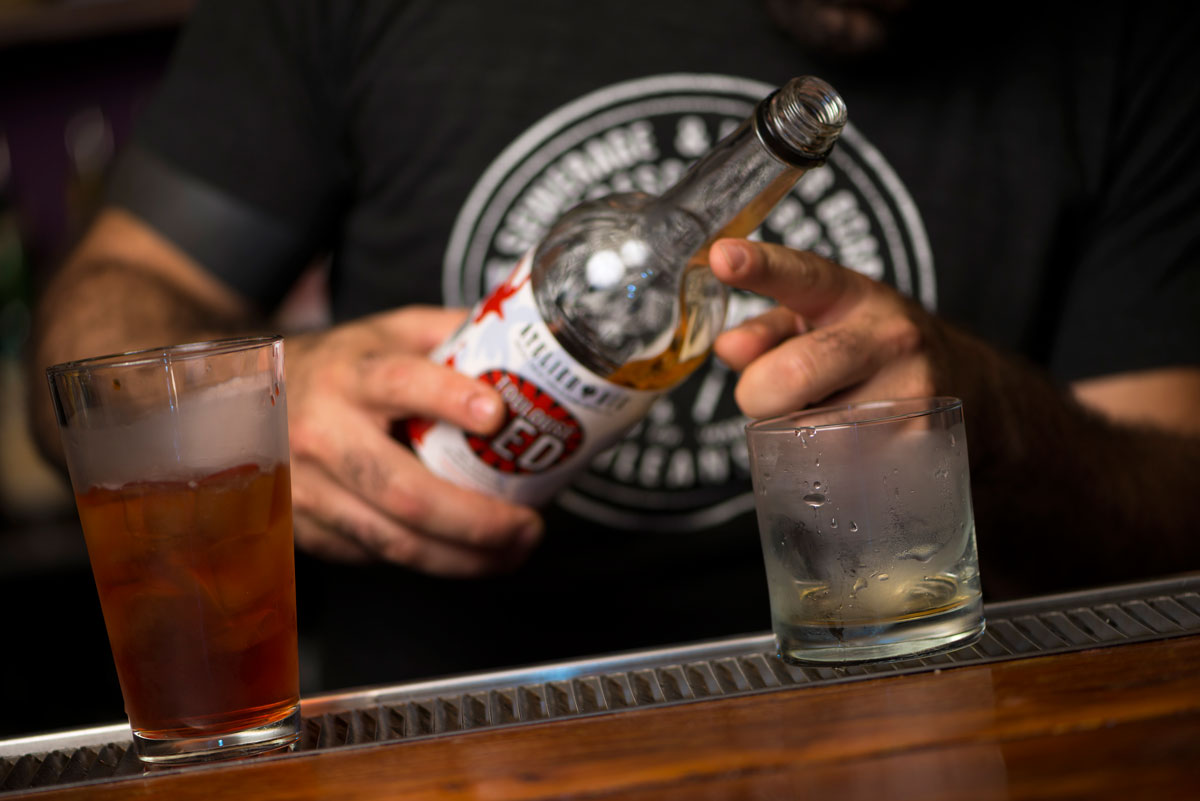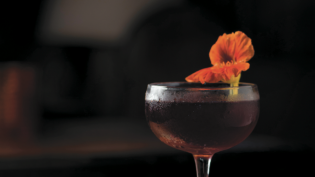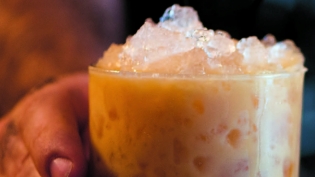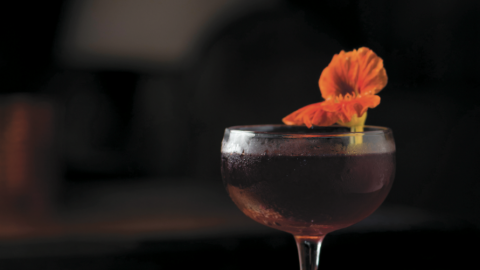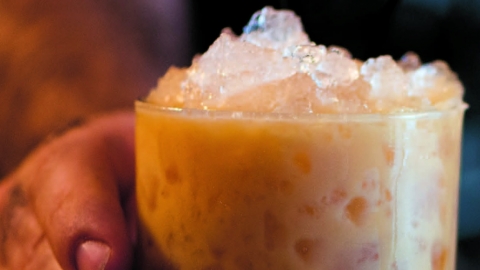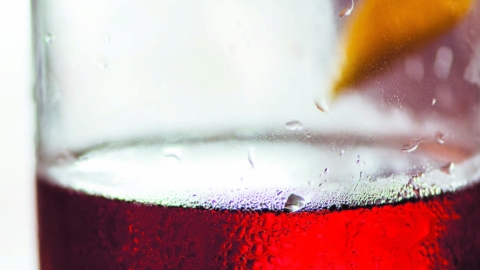Locally Made Absinthe Rouge Adds to Burgeoning Craft Distilling Industry
In the 19th century, absinthe was a favorite of French artists, bohemians and other bon vivants who believed “The Green Fairy” would transport them on a hallucinogenic journey. Painter Henri de Toulouse-Lautrec was a well-known fan, often seen sipping his signature cocktail Tremblement de Terre (The Earthquake), a mixture of absinthe and cognac.
Likewise, New Orleanians, who considered themselves as French as any Parisian, lapped up the emerald potion at The Old Absinthe House, as water dripped from its venerable fountains onto lumps of sugar perched on filigreed absinthe spoons.
Detractors of absinthe vilified the drink, asserting that wormwood, a key ingredient in the spirit, was a poisonous drug. As a result of their campaigns, absinthe was banned in both France and the United States by the early 20th century. Absinthe remained a verboten product in the United States until 2007, when chemistry trumped myth and researchers proved that wormwood’s presence in absinthe is harmless. Instead, the spirit’s extraordinarily high proof and opiates and other drugs added by dodgy absinthe makers were the cause of the drinkers’ delirium.
After being forbidden for almost 100 years, New Orleanians can once again savor this potent botanical drink courtesy of local distillery Atelier Vie, which opened in December 2012. President Jedd Haas says that New Orleans was a perfect fit for the burgeoning craft distilling industry.
“In New Orleans there is a lot of interest in the consumption of alcohol, but back in 2010, with the exception of the folks at Old New Orleans Rum, there wasn’t any made here. We decided to change that.”
They launched with Toulouse Rouge Absinthe, which gets its red hue from hibiscus flowers. Atelier Vie also offers Toulouse Verte, the traditional green absinthe, among other products.
“Red absinthe is rarely found in the United States and we thought it was a great way of distinguishing our product from other absinthes in the country,” says Haas.
I asked Haas about absinthe’s history, in particular why it is always bottled at a higher proof than many other spirits. He explained that the high proof keeps all the essential oils in the solution. “When you add water, it creates the louche effect and all the oils come out of suspension. That’s why it changes color. If you purchase an absinthe and add water and it doesn’t change color, then you’ve gotten a fake absinthe.”
Even though it is now legal, absinthe remains a beverage tarred with misinformation. In particular, its anise taste, so popular in the 19th century, remains an outlier flavor today. So I asked two of New Orleans’ standout bartenders for some advice to newbie absinthe drinkers about how to best enjoy it: Cole Newton of Twelve Mile and Stephen Joseph of Winston’s, both of whom serve cocktails featuring Toulouse Red.
Drink historian Elizabeth Pearce is the founder and owner of Drink & Learn, through which she gives tours and classes telling the story of America one drink at a time. She is also the co-author of The French Quarter Drinking Companion.
Learn more at DrinkandLearn.com.


